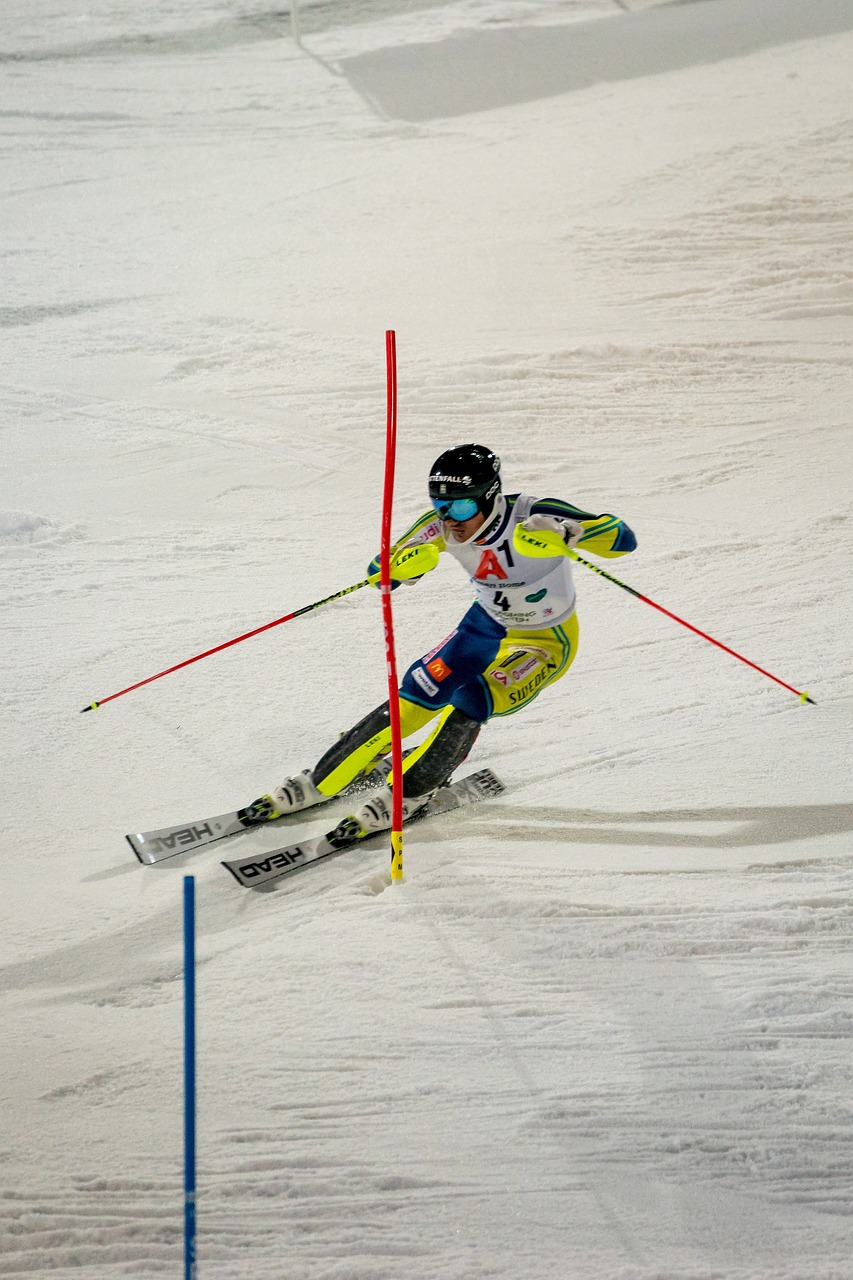One of the biggest lessons I’ve learned over my many years in our sport as a racer and as a mental coach, and one that many young racers don’t seem to get, is that training really does matter. Too often, I see racers pretty much wasting their time in training; all the things that are necessary for quality training just aren’t there very often. I can’t tell you how much it irritates me when I’m on the hill working with young racers and see them do things that so obviously prevent them from getting the most out of their training.
aren’t there very often. I can’t tell you how much it irritates me when I’m on the hill working with young racers and see them do things that so obviously prevent them from getting the most out of their training.
With that said, let me present to you my 5 Things I Hate to See Racers Do in Training:
- Talking to other racers just before they leave the start gate. Focus is the most important mental contributor to quality training. If you aren’t focused on what you need to improve, you’re just going to keep doing what you’ve done in the past (which won’t make you faster). Yet, what do I see more
 often than not before racers leave the start gate of a training course? Racers chatting it up before their turn in the gate, continuing to talk while in the gate, and, amazingly enough, racers who are still talking to their pals as they leave the gate. What’s missing here? Focus, of course. They are focusing on their conversations and what is behind them. What they should be focusing on is what they are working on and what lies ahead in the course.
often than not before racers leave the start gate of a training course? Racers chatting it up before their turn in the gate, continuing to talk while in the gate, and, amazingly enough, racers who are still talking to their pals as they leave the gate. What’s missing here? Focus, of course. They are focusing on their conversations and what is behind them. What they should be focusing on is what they are working on and what lies ahead in the course.
Tip: About two minutes before your training run, stop talking to the racers around you. Narrow your focus away from others, do some mental imagery of your upcoming run, and grab a keyword that will help you focus on what you’ll be working on in your training run.
- Cruising to the first gate in training. Back when I was racing, the clock started at the starting gate; I’m pretty sure that’s still the case! But you wouldn’t know it by the way many racers approach the first few gates of a training course. I regularly see young racers ease into the course by cruising to the first gate or two before settling in and going for it. This habit of working their way into training courses is related to intensity. Ski racing is a high-energy sport that requires power, quickness, and agility, as well as an aggressive mindset. If you don’t have both intensity and aggressiveness from the moment you kick out of the start, you are losing time.
Tip: Get your intensity up (“rev your engine”) before you get into the start gate by jumping up and down. Fire your mind up with thoughts of attacking. And explode out of the training-course start gate and attack the first gate. By doing this in training, you condition your mind and body to similarly charge to the first gate in races.
Fire your mind up with thoughts of attacking. And explode out of the training-course start gate and attack the first gate. By doing this in training, you condition your mind and body to similarly charge to the first gate in races.
- Giving up without a fight in training. This is my number-one pet peeve when it comes to training. So many racers I see will get in a little trouble on course and just ski out. What a truly terrible habit to get into! If you get used to giving up at the smallest problem in training, that’s what you’re training your mind and body to do in a race. There are usually some deeper psychological issues at play here that cause racers to bail out of a course at the slightest mistake, notably perfectionism and fear of failure. But the bottom line is that when you ski out of a course, one thing happens 100 percent of the time: you lose, whether not improving in training or DNFing in a race.
Tip: Fight for your life to stay in every course. Of course, there will be some training runs where you ski out because you were on the edge skiing so fast and just couldn’t hang on. Those “ski outs” are the good kind because you were pushing yourself beyond your comfort zone. Learning to never give up after a mistake will serve you well in races where even the top racers make mistakes, but get it right back and fight to the finish.
- Letting up at the last gate in training. I see so many young racers ease up at the last gate and cruise across the finish line in training. This is another habit that drives me crazy. Just like with cruising to the first gate, racers are ingraining letting up before the finish line. How often have you seen a racer having a good run and then, with only a few gates to the finish, hook a tip or lean in, or make a mistake? This frustrating experience usually occurs because racers think their run is over and lose focus and intensity. But, just as the clock starts at the starting gate, it stops when racers cross the finish line, so you need to make sure that you are focused and intense all the way to the finish.
Tip: In training, always ski hard past the last gate and through the finish. Coaches, always have a finish line for your training courses so they can get used to skiing training courses all the way to the finish.
- Asking coaches to reset when the training course gets a bit rough. Young racers love to be one of the first on a newly set training course. It has “hero snow” and it’s much easier to ski well. But how often do racers race under those ideal conditions? Unless you’re in the top seed, not at all often. Yet, I constantly hear, “Hey coach, the course is in really bad shape. When are you gonna reset?” If you know you’ll be starting back in the pack on race day when the course is chewed up, your most important runs on race are those when the course gets rough. The fact is the only way to ski well in tough race conditions is train under those conditions. By doing so, you learn what you need to do to make it down a hard course and you build confidence that can still ski well even if it is rough.
Tip: Rather than trying to be the first on the course, go at the end to simulate realistic race conditions. When the course is good and chewed up, say “Bring it on,” attack it, and ski your fastest (while realizing that it isn’t likely to be pretty or perfect). Coaches, have racers who will be in the first group in races go first and have racers who will be in the later seeds go last on training course.
You spend many hours during the winter in your on-snow training. Its purpose is to improve as much as you can, so you can then translate that skiing into going fast on race day. Here’s my challenge to you: Do everything you can to ensure that every training run you take is of the highest quality which, over time, will enable you to become the best ski racer you can be.







